

Max Davies
2026 GWM Haval Jolion review
5 Hours Ago
Geely has showed off the latest in its EV battery-swapping technology with a plan to create 5000 swapping stations across China.

Contributor
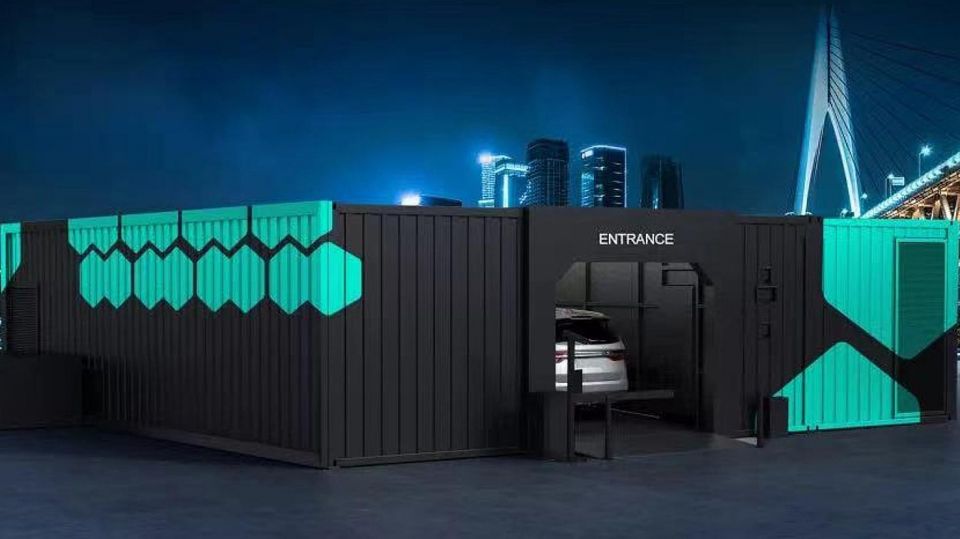

Contributor
Geely Technology Group, a subsidiary of Chinese manufacturer Geely, has unveiled its electric vehicle (EV) battery-swapping technology.
Known as E-Energee, the battery-swapping service revealed at the 2021 Wuzhen Internet Conference allows EV owners to swap their existing battery for a fresh one in 59 seconds.
The payment and process is automated, with drivers not needing to leave their vehicle during the swap. Think of it almost like an automatic car wash, but for your battery.
This battery-swapping program was first announced in 2017 where a team of over 1000 people went to work on R&D.
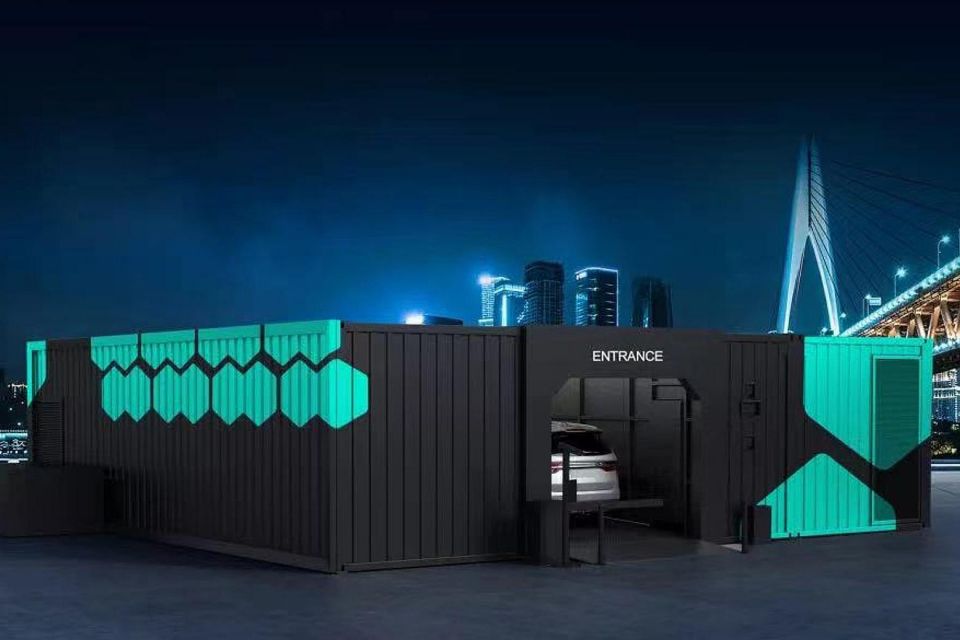
The first E-Energee battery-swapping station went online in September 2020 in Chongqing, China.
The service has since expanded to 10 Chinese provinces with the goal of bringing 5000 E-Energee stations online across China by 2025.
This battery-swapping technology was first demonstrated by Geely in 2017 where the company originally claimed an EV battery could be swapped in 90 seconds.
It was demonstrated on an EV called the Maple Leaf 80V, which is an electric version of the Geely Jiaji multi-purpose vehicle (MPV).
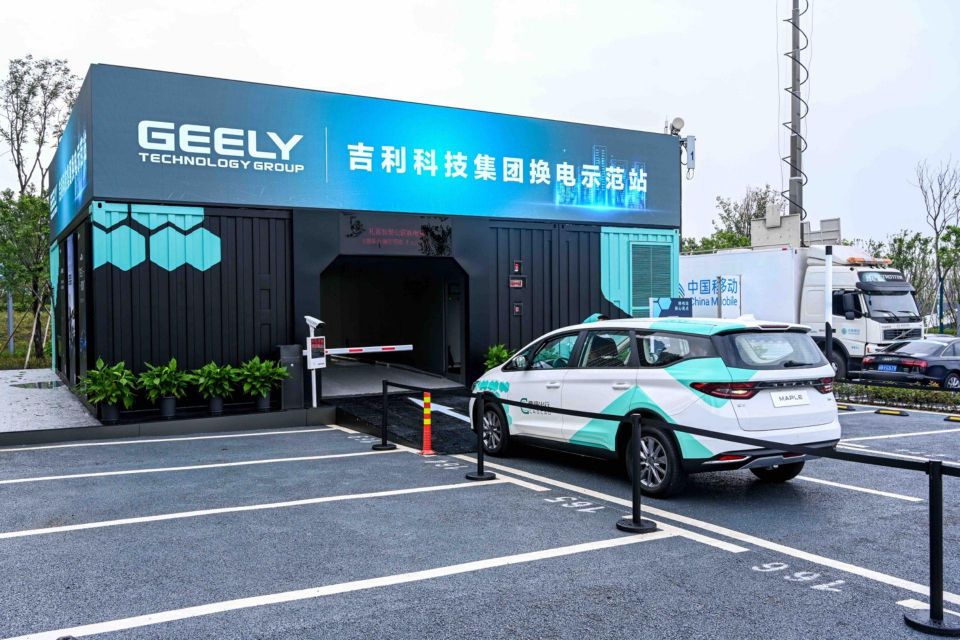
This battery-swapping technology rivals the time it takes to fuel up an internal-combustion vehicle.
It’s also significantly faster than battery charging technology currently available as the fully-charged EV battery is already waiting for you at the changing station.
These battery-swapping stations also work perfectly where high-voltage infrastructure is not yet readily available.
In the last four years of R&D, the team has reportedly registered hundreds of patents and have been developing battery swap vehicle architectures according to Geely.
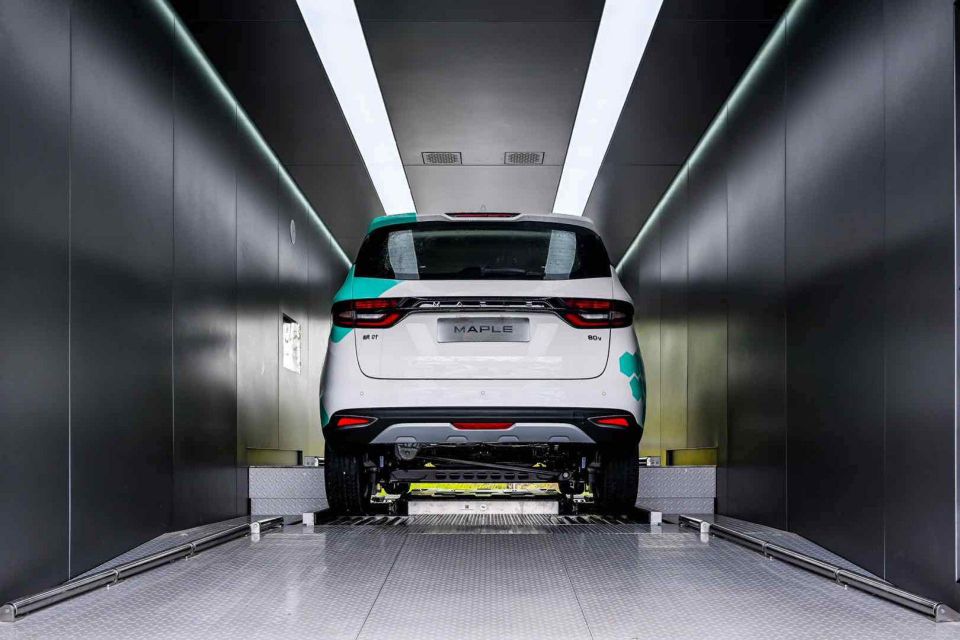
The E-Energee battery-swapping stations are intended for predominantly fleet uses, such as ride-sharing, but can be used by private owners if they own a vehicle with a platform that allows for battery swapping.
Other Geely subsidiary brands such as Volvo, Polestar and Lotus aren’t included in these battery swappable platforms.
This is because many of these platforms are designed to be as light-weight as possible and have the battery integrated into the platform.
Geely isn’t alone in this battery swapping technology with rival Chinese manufacturer, NIO, also operating similar battery swapping stations.
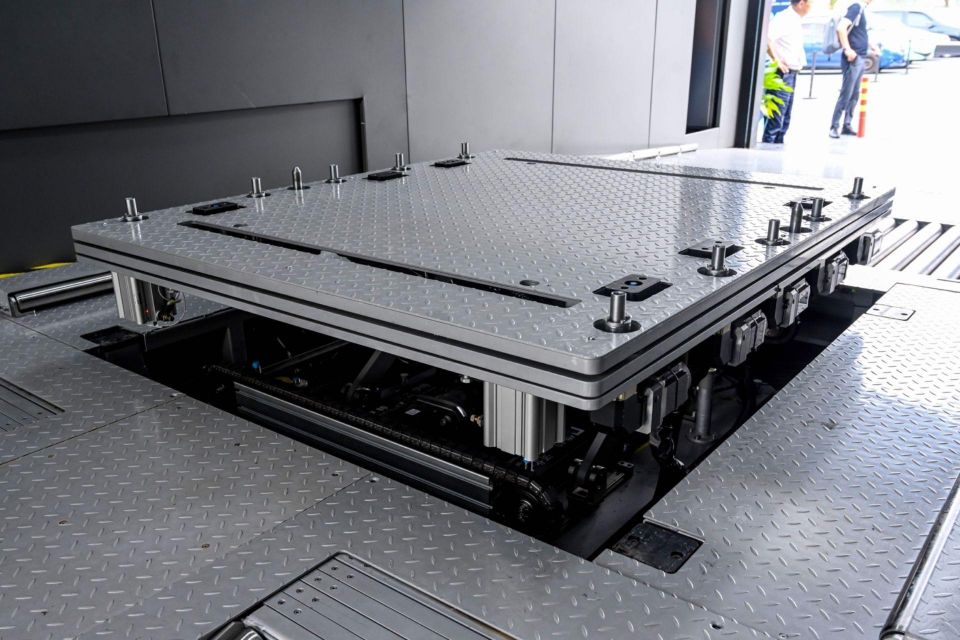
The company launched its swappable EV battery pack in November 2021.
It’s able to be purchased outright or used on a subscription basis, with the latter expected to be cheaper in the long run.
It isn’t certain whether any of this current EV battery swapping technology will ever make its way Down Under, but the concept has been explored before.
An EV network company called Better Place attempted to raise $1 billion to create an Australian battery swapping network in 2007.
The company attracted investors such as Lend Lease, Actew AGL RACV, as well as high-net worth individuals.
It wasn’t just focusing on creating a battery swapping network in Australia, but the US, as well as smaller networks in Israel and Denmark.
In the end the company filed for liquidation in 2013 after reports suggested that the company was $560 million in debt.
The technology worked in a very similar way to the E-Energee battery swapping solution and promised a similar swap time of around one minute.
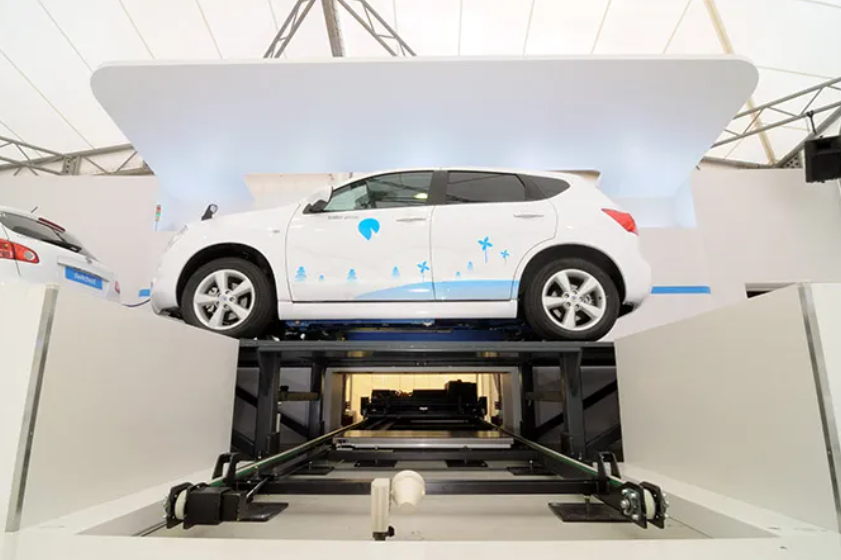
Better Place CEO, Shai Agassi, predicted there would be 1 billion EVs on the roads by 2020, but only managed to attract 1300 EVs to the Better Place network by the time the company folded.
Better Place attempted to lure manufacturers into producing swappable battery EV variants of its exisiting vehicles such as the Ford Territory, Holden Commodore and Renault Fluence.
Renault actually took up the deal and committed to producing a swappable battery EV Fluence sedan alongside the ICE-powered equivalent.
Is this battery swapping tech something that you would like to see on Australian roads? Let us know in the comments
MORE: The Geely empire: What do Volvo, Polestar and Lotus have in common?
Jack Quick is an automotive journalist based in Melbourne. Jack studied journalism and photography at Deakin University in Burwood, and previously represented the university in dance nationally. In his spare time, he loves to pump Charli XCX and play a bit of Grand Theft Auto. He’s also the proud owner of a blue, manual 2020 Suzuki Jimny.


Max Davies
5 Hours Ago


Damion Smy
13 Hours Ago
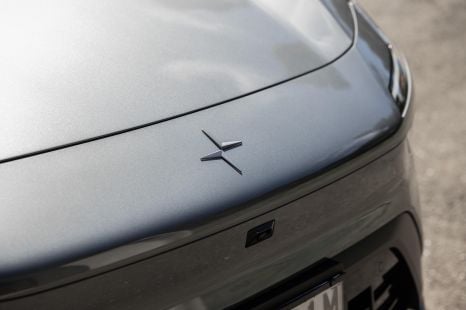

Damion Smy
14 Hours Ago


Damion Smy
15 Hours Ago
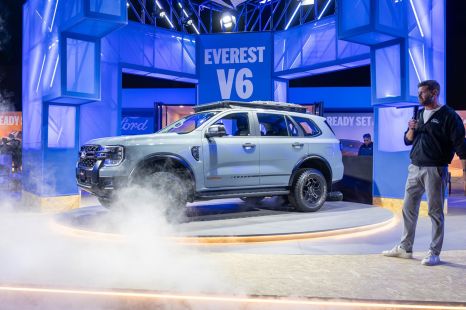

Damion Smy
18 Hours Ago


CarExpert.com.au
19 Hours Ago